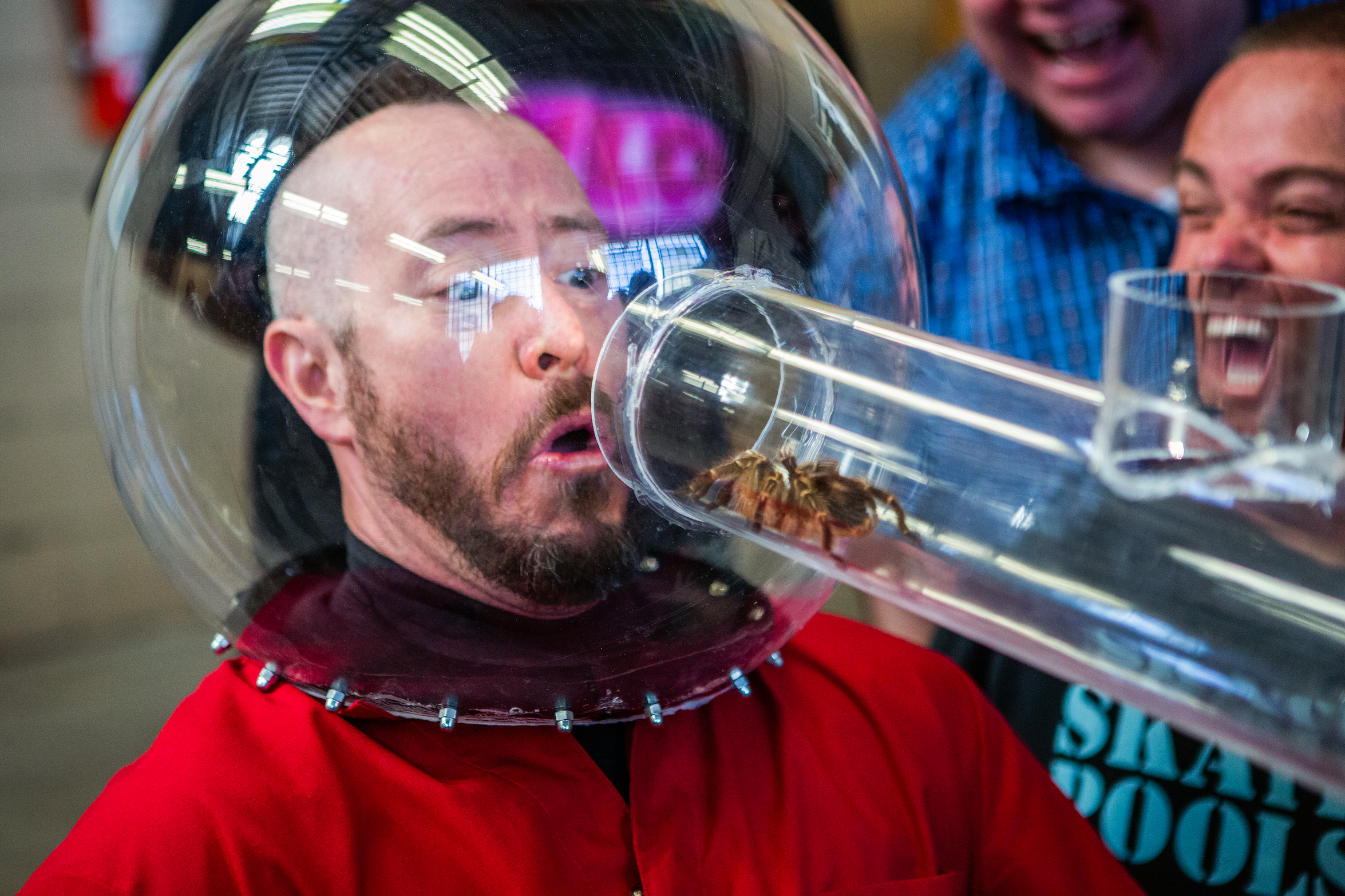Review: 'Death on the Nile,' Kenneth Branagh's solid second turn with Hercule Poirot, brings melancholy to the murder mystery
“Death on the Nile” is Kenneth Branagh’s second stab at playing Agatha Christie’s prim and proper detective Hercule Poirot, and directing a murder mystery that’s not quite as twisty as “Murder on the Orient Express,” but just as stylish.
An air of melancholy has always hung around the Belgian detective, and here screenwriter Michael Green (who also adapted “Murder on the Orient Express”) provides a prologue to deliver the backstory. We see a young, clean-shaven Poirot (played by Branagh with some de-aging CGI) in the trenches of the Great War, using his observational skills to give his commander advice for a forward push. The plan is successful, but at a cost that explains Poirot’s famous mustache — an addition that may rankle some Christie fans. (The one to whom I’m married didn’t think it necessary.)
Cut to 1937 London, and we find Poirot in a nightclub, enjoying the song stylings of blues singer Salome Otterbourne (Sophie Okenedo), when he witnesses a love triangle in the making. Gorgeous Jacqueline de Belleforte (Emma Mackey) is in love and lust with dashing Simon Doyle (Armie Hammer), when in walks Jacqueline’s school friend, the super-rich and super-beautiful Linnet Ridgeway (Gal Gadot).
Flash-forward six weeks from this scene, and we find Poirot vacationing in Egypt, and running into his young friend Bouc (Tom Bateman), who’s there as part of a wedding celebration. The happy couple is none other than Simon and Linnet — whose newlywed joy is interrupted by the unwelcome arrival of Jacqueline.
The wedding party is sizable, and everyone has a connection to Linnet, and a potential motive to do her harm. They include: Linnet’s former fiance, Dr. Windlesham (Russell Brand); her business manager and “cousin,” Andrew Katchadourian (Ali Fazal); her godmother, Marie Van Schuyler (Jennifer Saunders), a Communist who has given away part of the family fortune; Marie’s nurse-maid, Miss Bowers (Dawn French); Linnet’s personal maid, Louise Bourget (Rose Leslie); Bouc and his mother, Euphemia (Annette Bening); and Salome and her niece/manager Rosalie (Letitia Wright), who was also a classmate of Linnet’s. And, as it turns out, Jacqueline isn’t too far away.
Once the party board the S.S. Karnak for a trip down the Nile, Linnet confides in Poirot. “When you have money, no one is your friend,” she tells him. “I don’t feel safe with any of them.”
Sure enough, this being an Agatha Christie story, someone is murdered, and Poirot finds his vacation becomes a case to which he must apply “the little gray cells” of his prodigious brain.
Branagh adds a touch of melancholy to his second outing as Poirot, ruminating on love, the one emotion that can drive someone to murder. In his directing role, Branagh revels in the period trappings paid for by the Ridgeway fortune, and the lush Egyptian vistas provided by cinematographer Hans Zambarloukos (who also worked on Branagh’s “Belfast”) and some computer embellishment.
The ensemble is strong throughout, with the standouts being Gadot as the object of desire and envy, Mackey’s femme fatale, Leslie’s shy maid, Bening’s acerbic Mrs. Bouc, and Okenedo’s world-weary musician — who comes off as a kindred spirit to the jaded Poirot. (It’s also a hoot to see French and Saunders, who have been comedy partners for some 40 years, as sharp as ever.)
It works well enough, even if you’re familiar with the story, either through Christie’s novel or the 1978 adaptation that starred Peter Ustinov as Poirot with a cast that included Mia Farrow, Bette Davis, Maggie Smith and Jane Birkin. (The ’78 was on heavy rotation on HBO when I was in high school, so I saw it a lot.) As a companion to Branagh’s “Murder on the Orient Express,” it’s a solid, and visually arresting, whodunit — and makes one wonder how many more times Branagh wants to portray the detective again.
——
‘Death on the Nile’
★★★
Opens Friday, February 11, in theaters everywhere. Rated PG-13 for violence, bloody images, and sexual material. Running time: 127 minutes.







